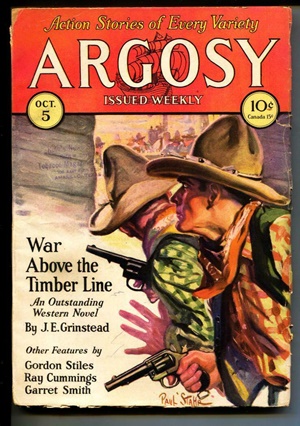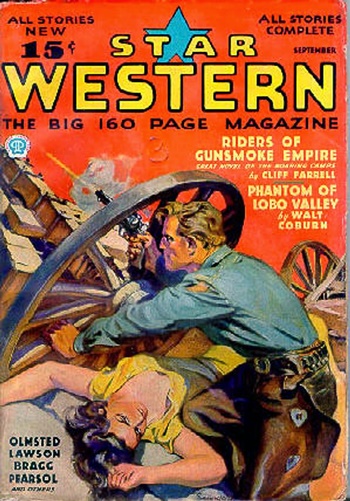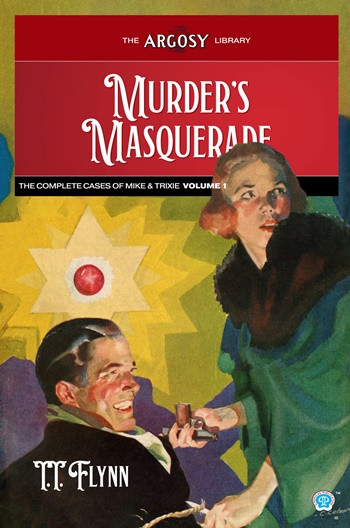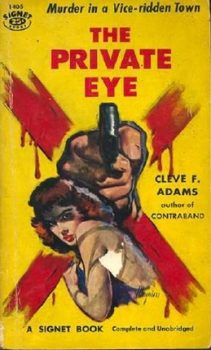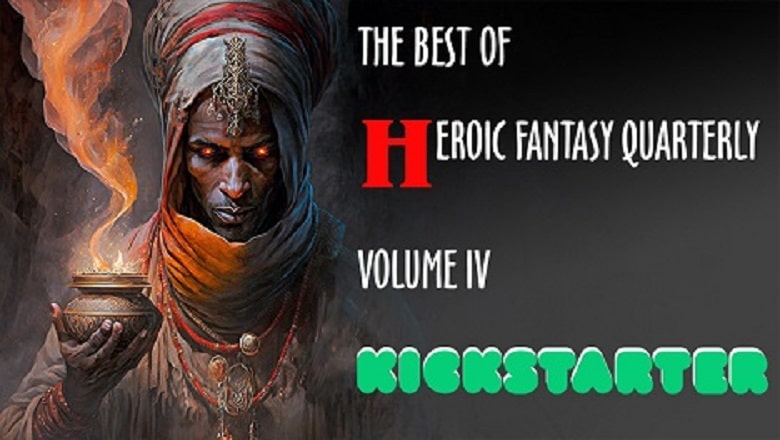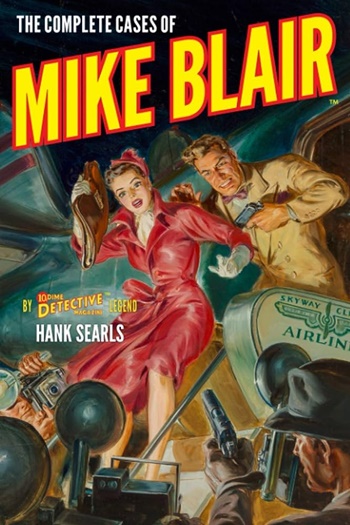A (Black) Gat in the Hand Turns 100!: Erle Stanley Gardner’s ‘Getting Away With Murder’
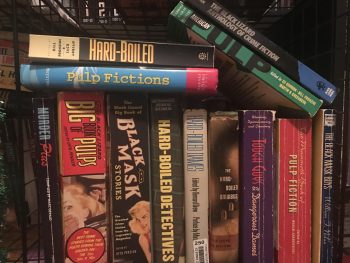 “You’re the second guy I’ve met within hours who seems to think a gat in the hand means a world by the tail.” – Phillip Marlowe in Raymond Chandler’s The Big Sleep
“You’re the second guy I’ve met within hours who seems to think a gat in the hand means a world by the tail.” – Phillip Marlowe in Raymond Chandler’s The Big Sleep
(Gat — Prohibition Era term for a gun. Shortened version of Gatling Gun)
And A (Black) Gat in the Hand turns 100 today. With help from some friends, this column has managed to offer a hundred essays on the fascinating world of Pulp. April 8, 1949 was the day the Pulps died (I think that American Pie is one of the greatest songs of all time – couldn’t pass up the reference – with a tip of the fedora to William Lampkin for the phrase). On that day, Street & Smith announced they were quitting the Pulps. My favorite, Dime Detective, straggled on into 1952. But the days of the Pulps were effectively over.
But the love of Pulps lived on. Back in May of 2018, I kicked off my weekly Black Gate column as follows:
“Working from Otto Penzler’s massive The Black Lizard Big Book of Pulps, we’re going to be exploring some pulp era writers and stories from the twenties through the forties. There will also be many references to its companion book, The Black Lizard Big Book of Black Mask Stories. I really received my education in the hardboiled genre from the Black Lizard/Vintage line. I discovered Chester Himes, Steve Fisher, Paul Cain, Thompson and more.
With first, the advent of small press imprints, then the explosion of digital publishing, Pulp-era fiction has undergone a renaissance. Authors from Frederick Nebel to Raoul Whitfield; from Carroll John Daly to Paul Cain (that’s 27 letters – we went all the way back around the alphabet – get it?) are accessible again. Out of print and difficult-to-find stories and novels have made their way back to avid readers.”

